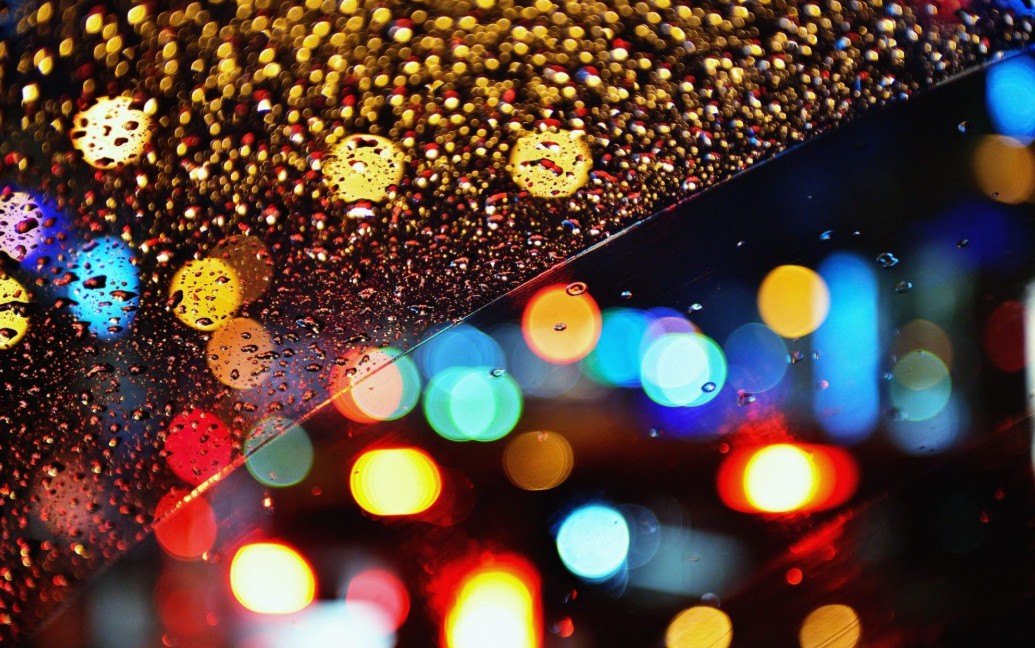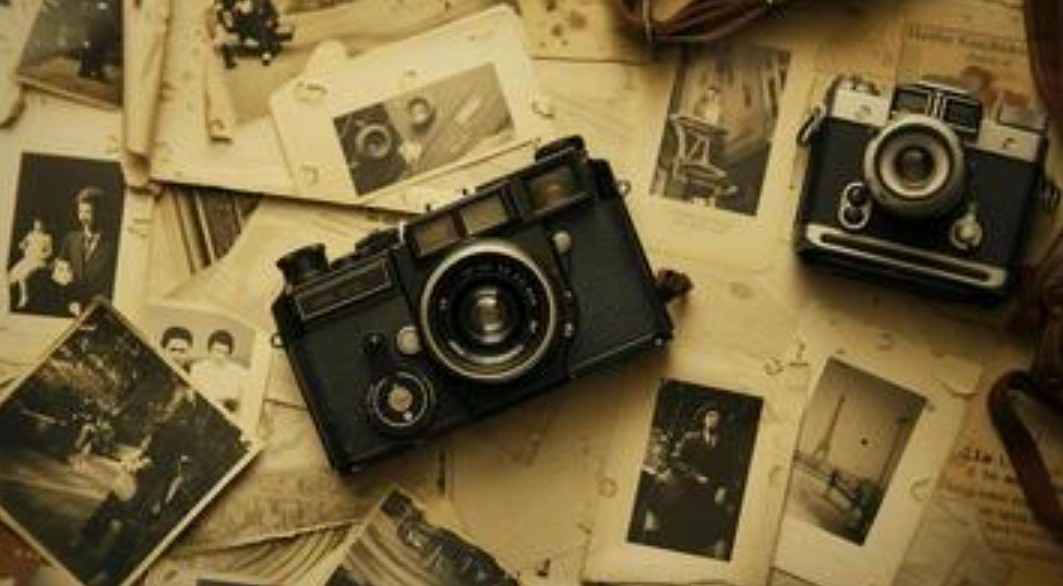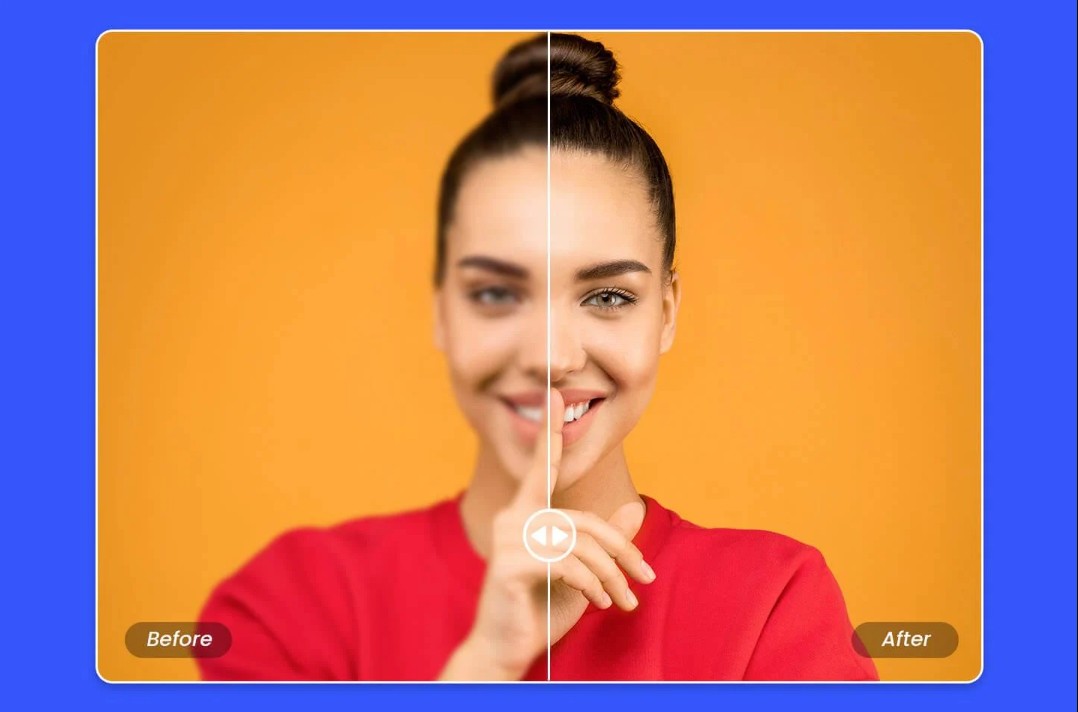Best Selling Products
Bokeh Effect: The Art of Isolating Subjects to Create Depth in Photos
Nội dung
- 1. Definition and origin of the term
- 2. So what criteria determine a good Bokeh photo?
- 3. Essentials for Taking a Photo with Bokeh Effect
- 3.1. Adjust the aperture of the lens
- 3.2. Narrow the distance between the subject and the lens
- 3.3. Increase the distance between the subject and the background
- 3.4. Use a lens with a long focal length
- 3.5. Understand the focusing distance of the lens you are using
- 4. Applications and meanings of Bokeh in photography
- 4.1. The aesthetic impact of bokeh
- 4.2. Applications of bokeh in photography genres
- 5. New creative trends in using Bokeh
This article will help you understand how bokeh helps separate the main subject from the background, creating depth and focus in your photos. Explore techniques to help bring out details and emotions through bokeh.

Perhaps all of us have been surprised when seeing photos with blurred backgrounds and soft, floating circles of light. That is the Bokeh effect - a prominent technique that not only helps highlight the subject but also creates a dreamy, romantic atmosphere for the entire photo. The article below will help you better understand the bokeh effect . Let's explore with Sadesign !
1. Definition and origin of the term
Bokeh is a term that comes from the Japanese word “boke” meaning “blur” or “hazy”. In photography, bokeh refers to the blurring effect of highlights in the background, creating a soft blur behind the main subject. This effect not only creates contrast between the subject and the background, but also brings a unique artistic beauty to the photo.
When you shoot with a large aperture (small f-number), the areas outside the focal point of the lens become blurred. However, not all blurred background photos have a beautiful bokeh effect. What makes bokeh is the quality of the blurred part – it is soft, smooth and the points of light are formed into certain shapes, depending on the design of the aperture blades in the lens.
.png)
2. So what criteria determine a good Bokeh photo?
A good photo depends on many factors, especially the viewer's perception. However, a photo with a good Bokeh effect will still have its own specific criteria. First, the subject must be well focused to have the necessary sharpness, when standing next to the Bokeh part to create prominence. If the focused subject is also blurred, your photo will be no different from a low-resolution photo.
In addition to the focus area criteria, the Bokeh area needs to have soft shadows and no hard edges. The light areas must ensure smoothness as well as create a reasonable and harmonious transition between the focus area and the Bokeh area. Similar to the composition requirements in photography, a photo with the Bokeh effect also needs to choose a good, non-cluttered background. Many people think that the blurred background due to the Bokeh effect does not need a standard composition. However, in fact, the blurred background is still enough for the viewer to feel the composition of the background. Therefore, if the background is too messy, the photo will also lack the necessary artistry.
.png)
3. Essentials for Taking a Photo with Bokeh Effect
Bokeh effects can be created with the help of computer tools. However, to get the most realistic Bokeh effect for your photo, nothing can beat the naturalness created by real elements. To get a photo with a good Bokeh effect, you will need the following elements:
3.1. Adjust the aperture of the lens
One of the secrets to getting a Bokeh photo is the lens aperture. Usually, photographers will set the lens to an aperture smaller than f/2 to collect light more effectively. The blurred effect of light comes from this light collection ability. For Bokeh photos aimed at the subject or portraits, the aperture will usually be at f/1.2 and f/1.4. The smaller the aperture, the smaller the focus area will be.
3.2. Narrow the distance between the subject and the lens
Basically, the mechanism of a camera lens mimics the structure of the human eye. When the eye focuses on one point, that area becomes clearer and other areas become blurred. Narrowing the distance will help the object to be in the right position for the lens to focus best, at the same time creating a natural Bokeh effect for the image.
.png)
3.3. Increase the distance between the subject and the background
Similar to closing the distance between the lens and the subject, increasing the distance between the subject and the background is also a great way to make the subject of the photo stand out. The background will also create a soft, round blur effect when the distance is sufficient.
3.4. Use a lens with a long focal length
Increasing the distance between the subject and the background or decreasing the distance between the subject and the lens is essentially adjusting the position of the subject and the background to the correct focal length of the image. Therefore, if you have a lens with a long focal length, you will not need to adjust the position of the subject too much.
3.5. Understand the focusing distance of the lens you are using
Using an expensive lens will never be as good as using one that you know well. When creating the Bokeh effect, getting the subject in focus is the key factor. Therefore, you should learn the parameters of the lens carefully before starting to shoot.
.png)
4. Applications and meanings of Bokeh in photography
4.1. The aesthetic impact of bokeh
One of the reasons why bokeh is so popular is because it can help make the main subject of a photo stand out. When the background is blurred, the viewer’s attention is automatically drawn to the subject. This not only creates a sense of depth in the photo, but also helps reduce the distraction of unnecessary details in the frame.
In addition, bokeh also brings a soft, dreamy and romantic feeling to the photo. The blurred circles of light create a dreamy space, helping to increase the aesthetics and make the photo more "alive".
4.2. Applications of bokeh in photography genres
The bokeh effect is widely used in many genres of photography, each genre brings a different effect:
Portraits: In portraits, bokeh helps highlight the model's face and expressions, while creating a soft, distracting background.
.png)
Macro photography: When photographing small subjects, using bokeh can create strong contrast, highlighting the subject's details against a blurred background.
Landscape Photography: While bokeh isn't always the first choice for landscape photography, when used correctly it can create unique lighting effects, especially at night or in low light conditions.
Night Light Photos: Nighttime photos often feature bright highlights from streetlights, storefronts, or other light sources. Using bokeh in these situations can add a romantic and artistic touch to your photos.
These diverse applications have proven that bokeh is not just a technical “trick” but also a powerful tool in the hands of talented photographers.
5. New creative trends in using Bokeh
Constant innovation and creativity are prominent trends in all fields of art, and photography is no exception. The bokeh effect has opened up many new creative possibilities, especially in areas such as:
.png)
Fashion and advertising photos:
Fashion photographers are using bokeh to create unique images that highlight products and models’ styles. The blurred background effect not only helps to highlight details but also creates a dreamy, unique space.
Digital Art:
The combination of traditional photography and digital technology has allowed bokeh to be processed and adjusted through post-production software, creating unlimited creative effects. Thanks to that, artists can turn ordinary photos into unique works of art, containing many layers of meaning.
AI applications and post-processing:
Artificial intelligence (AI) technology is gradually asserting its important role in optimizing the bokeh effect. Modern image processing software can automatically recognize the subject and adjust the background blur to create a harmonious and natural look. This trend promises to open up new creative possibilities, helping photographers freely express their personal style without being limited by traditional technical factors.
Through the journey of learning about the bokeh effect, we can see that this is not only a simple photography technique but also an artistic element that can turn ordinary photos into unique and attractive ones. Bokeh helps to highlight the main subject, create a harmonious contrast between light and shadow, and bring a dreamy, romantic feeling to the entire frame. Thank you for taking the time to follow this article.












































